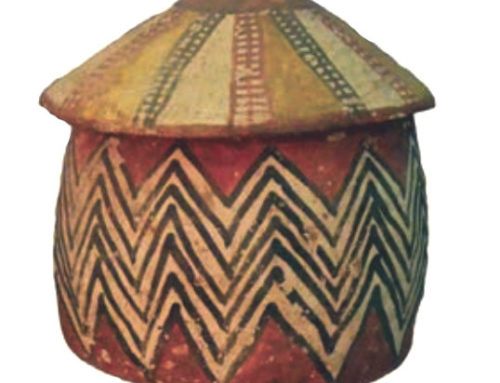On October 19th, 202 BC, the Romans (under Scipio Africanus) defeated the Carthaginians (under Hannibal) and decisively broke the power of the Carthaginian empire. After this, the Romans were clearly the only major power in the western Mediterranean, though it took another two centuries for them to get control of the whole Mediterreanean (with Cleopatra’s Egypt the last piece in the puzzle.)
More about the Second Punic War
Carthage and North Africa
The Roman Republic

One of Hannibal’s coins showing a man riding an elephant
Why were people fighting for control of the western Mediterranean?
This had not been a big issue in the past. What changed? Cyrus put together the Persian Empire in the 500s BC. With peace across SW Asia, and the Persians’ construction of miles of good safe roads, international trade took off. Then in the 200s BC, Egyptian traders figured out how to use the seasonal Indian Ocean currents to safely sail to India and back. International trade got even bigger. Traders must have seen that by opening up trade routes in the western Mediterranean and selling in the Indian Ocean or on the new Silk Road they could make huge profits.
The Persian Empire
Ptolemies and Cleopatra
West Asian economy
Early African economy
Our sources for the Second Punic War are mainly Livy and Polybius: two rich land-owners who play down international trade. But clearly the 200s BC saw a huge demand for Spain’s silver and gold, in order to supply coinage for the rapidly growing Asian economy.
History of silver
History of gold
Who invented money?

Ships with square sails (Ostia, 100s AD)
Probably there was also a big demand for enslaved people, to work in the new textile factories of SW Asia and Egypt. At the same time, the development of the steel industry in India may have meant that Mediterranean armies wanted Indian steel weapons. Control of shipping on the Mediterranean and control of Spain’s silver mines suddenly became a big deal in the 200s BC, and the result was the Second Punic War.
What happened after the Battle of Zama?
Hannibal

More ships with square sails (also Ostia, 100s AD)
Well, Hannibal at first took up politics in Carthage again, where he fought against oligarchy and corruption. Seven years later he fled to the East, where he lived for the rest of his life. This connection to the East points up the increasingly close relationship between the Eastern and Western Mediterranean. And indeed the Romans had already taken over much of the Eastern Mediterranean before Hannibal died.
Scipio

Scipio Africanus, the Roman general
In Rome, the return of Scipio Africanus as a great military hero who had made sure that Rome could control trade in the western Mediterranean seems to have started a big change in Roman politics. We don’t really know much about the detailed workings of the Roman Republic before Scipio, but it’s at least possible that the wave of populist power that culminated in the end of the Roman Republic and the beginning of the Empire got its start with Scipio.
Scipio himself did not really use the power that he had. But other ambitious politicians noticed how much power a person could gather into their own hands by getting crowds on their side – especially crowds of soldiers – and they soon made use of it – first the Gracchi, then Sulla and Marius, then Julius Caesar and his adopted son Augustus.
The Late Republic
Want to see more of these posts? Follow us on Twitter @Quatr_us.
Support this blog by visiting our Patreon: your $5 monthly takes the ads off five pages on this site. When pledges reach $1000 ($900 to go!) I’ll take all the ads off the entire site, for all of our visitors.




